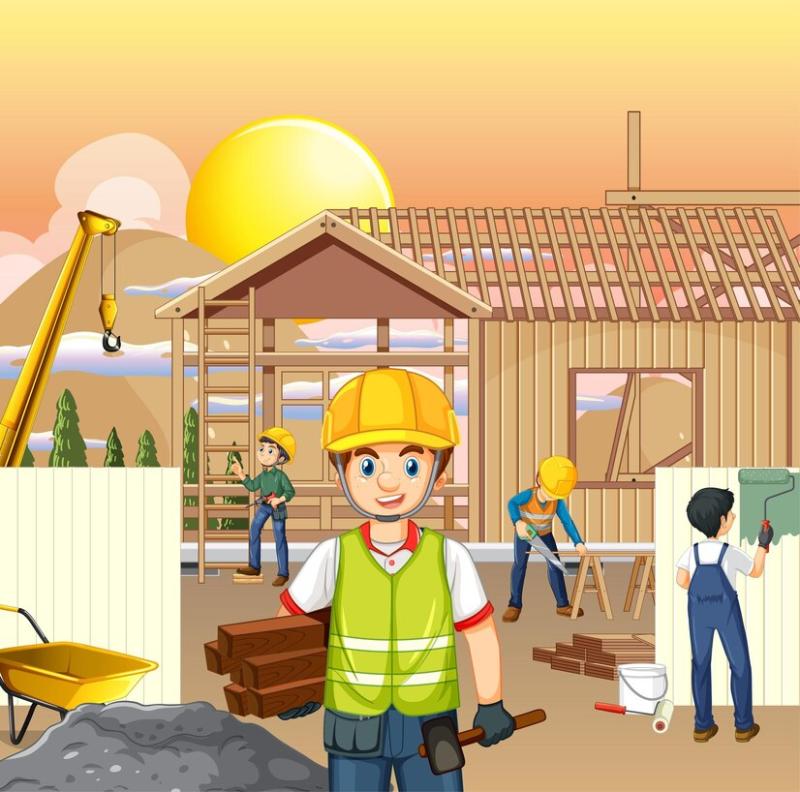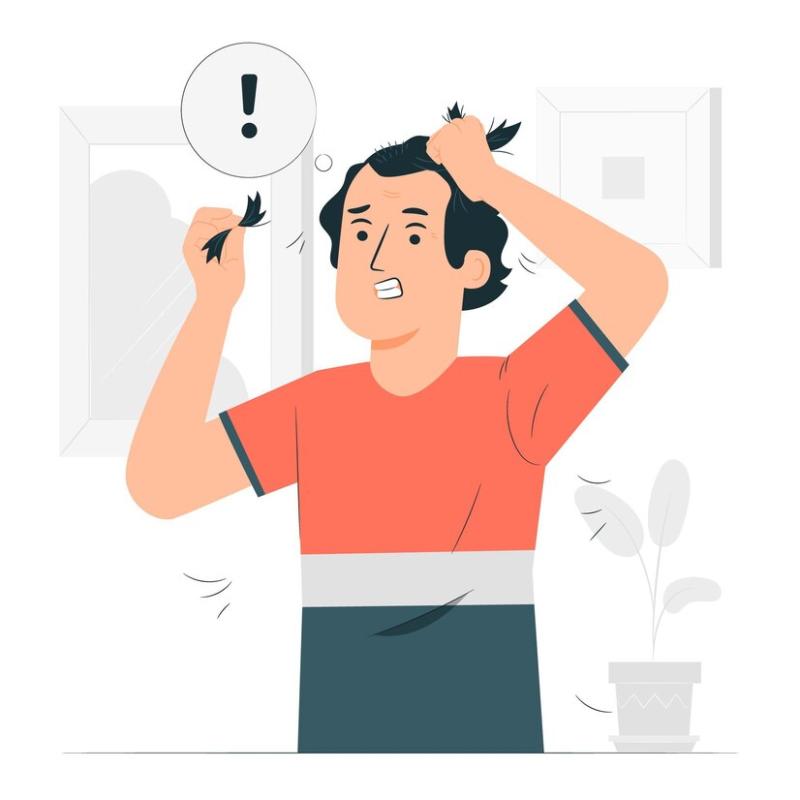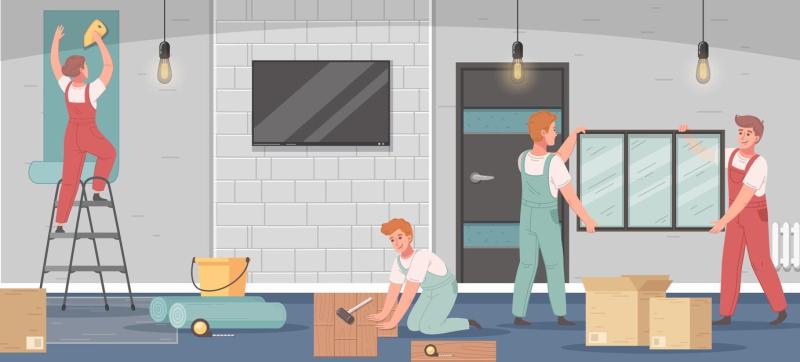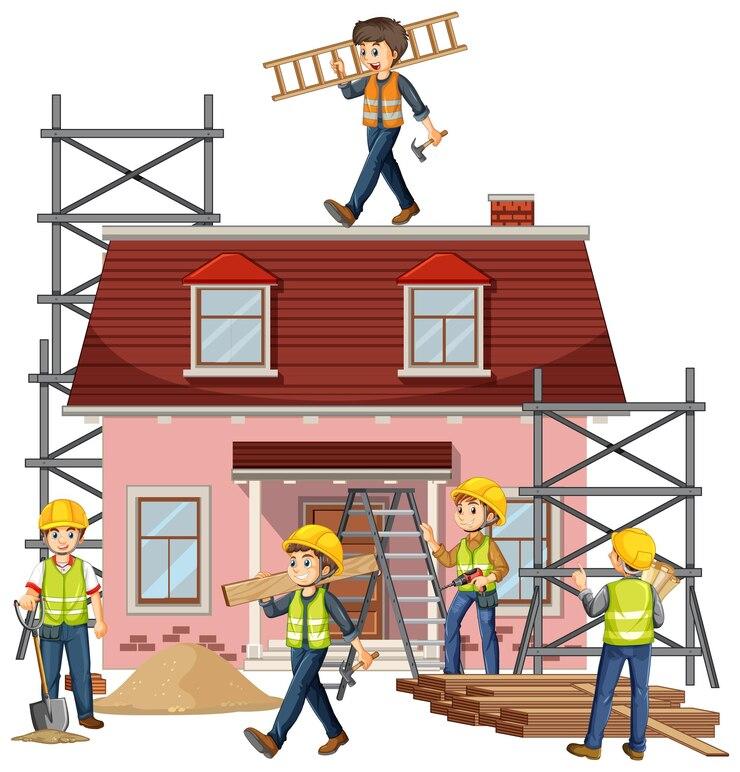Common Concrete Pool Construction Mistakes and How to Avoid Them

Building a concrete swimming pool is a significant investment and a dream project for many homeowners. It adds beauty, value, and relaxation to your property, but the process can be complex and requires careful attention to detail. Unfortunately, many pool builders and even DIY enthusiasts make mistakes during the construction phase that can lead to problems down the road. These issues can result in costly repairs, delays, and frustrations. Understanding the most common concrete pool construction mistakes and how to avoid them can help ensure a smooth and successful project.
1. Poor Planning and Design
One of the most common mistakes in pool construction is inadequate planning and design. It’s tempting to rush into the project without fully understanding the space, budget, and requirements.
How to Avoid It:
Hire a Professional Designer: A pool designer or architect can help you plan the layout, including the shape, size, depth, and surrounding landscaping. They will also take into account things like local climate, soil conditions, and any legal restrictions or permits required.
Account for Utilities and Drainage: Your design should consider the location of existing utilities, including electrical lines, water pipes, and sewer systems. Poor drainage design can lead to water accumulation around the pool, causing potential damage to both the pool structure and the surrounding landscape.
2. Improper Excavation
Excavating the pool site is one of the most critical steps in the process. If done incorrectly, it can lead to uneven pool walls, drainage problems, and difficulties in installation.
How to Avoid It:
Get Accurate Measurements: Ensure that the excavation is the correct depth and size as per the pool design. Inaccurate digging can lead to issues during the pool's construction or future repairs.
Hire a Professional Excavator: Excavation requires specialized equipment and expertise. A professional with experience in pool construction will make sure the excavation is done precisely.
3. Incorrect Pool Reinforcement
Concrete pools rely on steel reinforcement (rebar or steel mesh) to provide structural support. Failure to properly install reinforcement or using low-quality materials can lead to cracks and structural weaknesses.
How to Avoid It:
Use High-Quality Reinforcement: Ensure that the steel used is rust-resistant and meets local standards. It should be placed with the correct spacing and coverage to provide adequate structural integrity.
Work with Experienced Contractors: Your contractor should be familiar with pool-specific reinforcement techniques. They should install rebar in the right pattern and ensure it's securely tied in place before the concrete is poured.
4. Poorly Mixed or Insufficient Concrete
Concrete quality is a cornerstone of a durable pool. Using low-grade concrete or improperly mixing it can result in a weak pool shell that cracks or deteriorates prematurely.
How to Avoid It:
Use the Right Mix: Concrete for swimming pools must be a high-strength mix to withstand the water pressure and weather conditions. It should have the proper balance of cement, sand, gravel, and water.
Work with Professionals: A reputable contractor will ensure the concrete is mixed to the correct specifications and poured evenly. It’s also important that the concrete is applied in multiple layers to allow proper curing.
5. Improper Pool Shell Construction
The pool shell is the backbone of your concrete pool. If the shell is not built properly, it can lead to leaks, cracks, and long-term damage.
How to Avoid It:
Properly Cure the Concrete: After pouring the concrete, it needs adequate time to cure properly. A well-cured shell is more resilient and less prone to cracking. This means avoiding rushing the process or exposing the concrete to rapid temperature changes.
Use Concrete Pool Shell Forming Systems: These systems ensure that the pool shell is evenly poured and structurally sound. Using professional-grade forming systems also reduces the risk of mishaps during the construction phase.
6. Inadequate Plumbing and Electrical Systems
Plumbing and electrical systems are often overlooked during pool construction, but they are essential for long-term pool functionality. Poor installation or the use of substandard materials can lead to costly repairs.
How to Avoid It:
Follow Code Requirements: Make sure all plumbing and electrical installations comply with local building codes. This includes proper pipe sizes, correct electrical grounding, and safe pool light placements.
Hire Licensed Professionals: Plumbers and electricians with experience in pool systems should be hired to ensure the job is done correctly and safely. Incorrect plumbing can lead to water flow issues, while improper electrical systems can pose safety hazards.
7. Neglecting Pool Decking and Surrounding Landscaping
The pool deck is more than just an aesthetic feature—it needs to be constructed properly to ensure safety, durability, and functionality. A poorly built deck can crack, stain, or become slippery. Additionally, the surrounding landscaping plays a critical role in ensuring proper drainage and maintenance.
How to Avoid It:
Choose Durable Decking Materials: Use materials that are slip-resistant, weather-resistant, and durable, such as pavers, stone, or textured concrete. Ensure the deck slopes slightly away from the pool to prevent water pooling around the structure.
Design for Drainage: Proper drainage is essential to avoid water runoff from damaging the pool or surrounding areas. Work with your landscape designer to ensure proper grading and drainage solutions are in place.
8. Ignoring Maintenance Considerations
New pool owners may overlook the long-term maintenance needs of their concrete pools. Issues like water chemistry, tile maintenance, and cleaning routines can be forgotten during construction, leading to problems later.
How to Avoid It:
Consider Long-Term Maintenance: When designing the pool, make sure that the shape and size allow for easy maintenance. For instance, round or oval pools are often easier to clean than pools with sharp corners.
Install Easy Access Equipment: Ensure that cleaning systems like automatic cleaners, skimmers, and drains are strategically placed for effective maintenance.
9. Not Allowing Enough Time for Curing
Concrete requires time to cure and gain strength after it’s poured. Rushing the process or failing to properly care for the concrete during the curing period can weaken the pool shell.
How to Avoid It:
Allow Adequate Curing Time: Typically, concrete needs around 28 days to fully cure. During this time, it’s essential to keep the concrete moist to prevent cracking. Be patient and resist the urge to rush into finishing touches like plastering or tiling before the concrete has fully cured.
Conclusion
Building a concrete pool is a rewarding endeavor, but it requires precision, expertise, and careful planning. Avoiding the common mistakes outlined above can save you from costly repairs and ensure that your pool lasts for many years. The best way to minimize mistakes is by hiring experienced professionals and working with them to create a well-designed, structurally sound pool that fits your vision and your property’s needs. By focusing on quality materials, proper planning, and maintenance, you can enjoy your concrete pool with confidence and peace of mind.









Comments